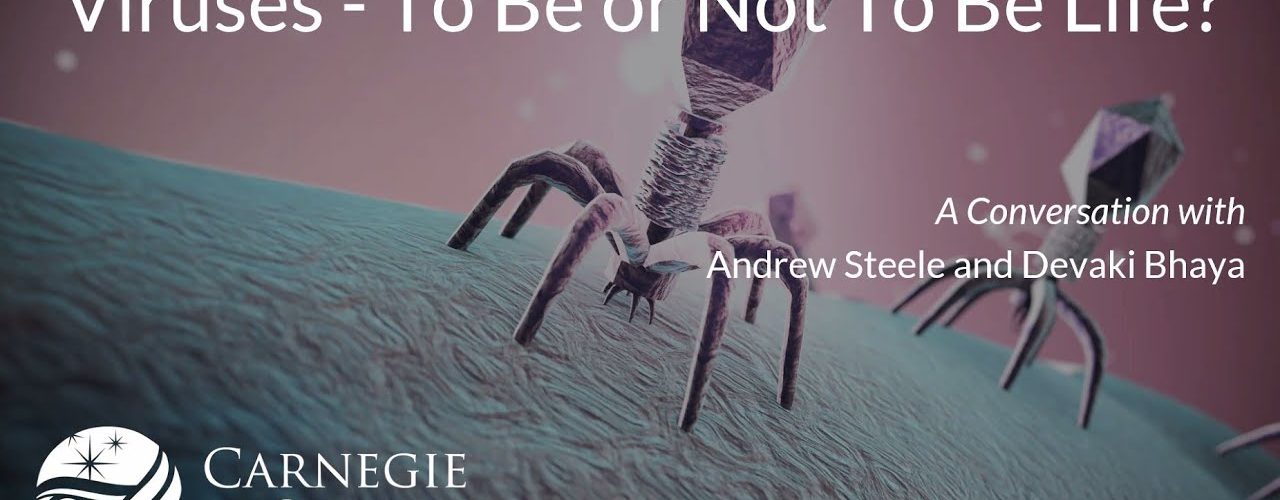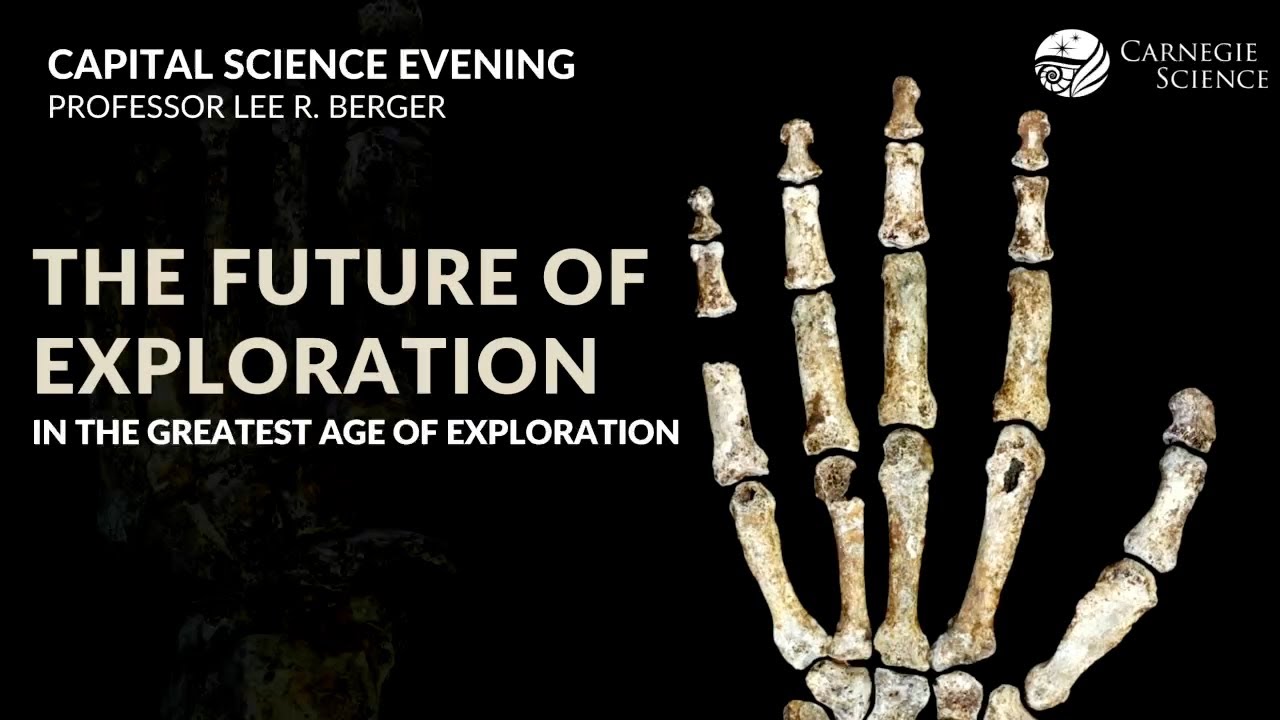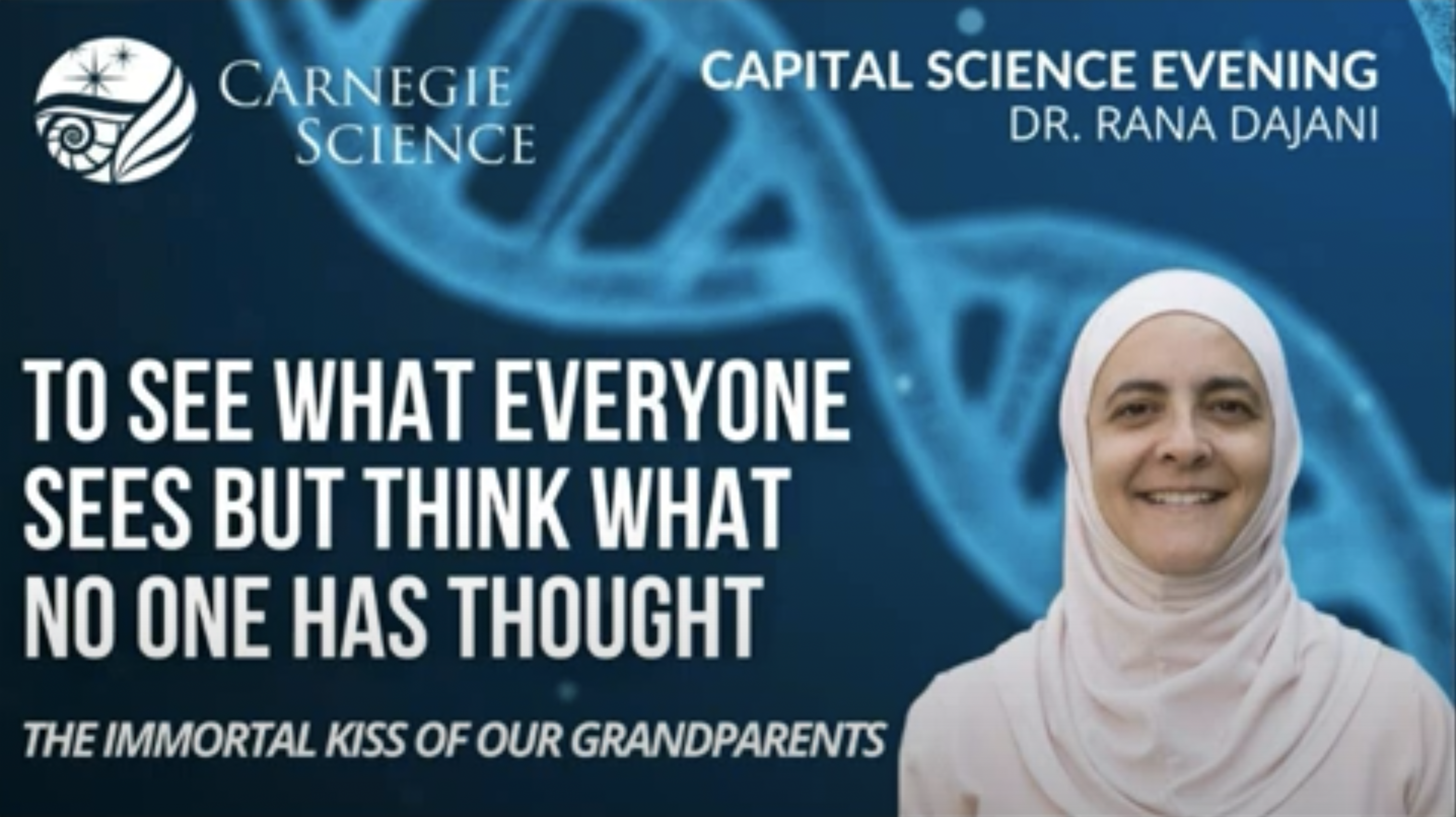Join us to learn about how scientists define what it means to be alive from Carnegie Plant Biology staff scientist Devaki Bhaya and Carnegie Earth and Planets Laboratory staff scientist Andrew Steele.
How do viruses and prions fit into our definition of life? What can extremophiles living in some of Earth’s most inhospitable environments teach us about how life originated on this planet? Could Mars have once hosted life and, if so, what’s the best way to find evidence of its existence? Bhaya’s research on the hot spring bacteria living in Yellowstone National Park is providing insights into how microbial populations communicate, evolve, and share resources. Steele studies the prebiotic molecules and chemical pathways that could have formed under the conditions found on early Earth, as well as the possible sources of Mars’ organic carbon. Together they will guide us through some of these fundamental questions about existence as we know it.
Bhaya earned a Ph.D. from Cornell University, training with plant biochemist Andre Jagendorf. She returned to India and helped develop the master’s program at the Center for Biotechnology, Nehru University, Delhi. She joined Carnegie’s staff in 2001, after a stint as a visiting Rockefeller Foundation Fellow. She is a courtesy Professor at Stanford University and recently spent a sabbatical as a Program Director, Division of Molecular and Cellular Biosciences at the National Science Foundation. She was recently elected a fellow of the California Academy of Sciences. Steele received his Ph.D. from the University of Portsmouth in the U.K. Before joining Carnegie, he was a postdoctoral fellow at NASA Johnson Space Center, a researcher at Oxford University, a lecturer at the University of Portsmouth, and an assistant professor at Montana State University. He is a member of the 2011 Mars Science Laboratory mission’s Sample Analysis Team.
May 28, 2020





